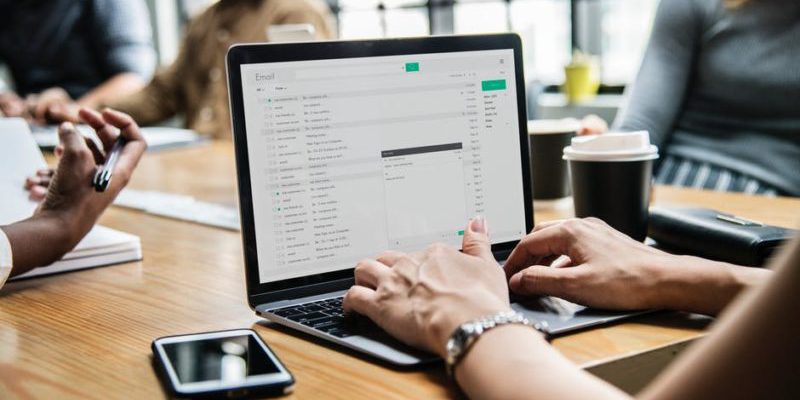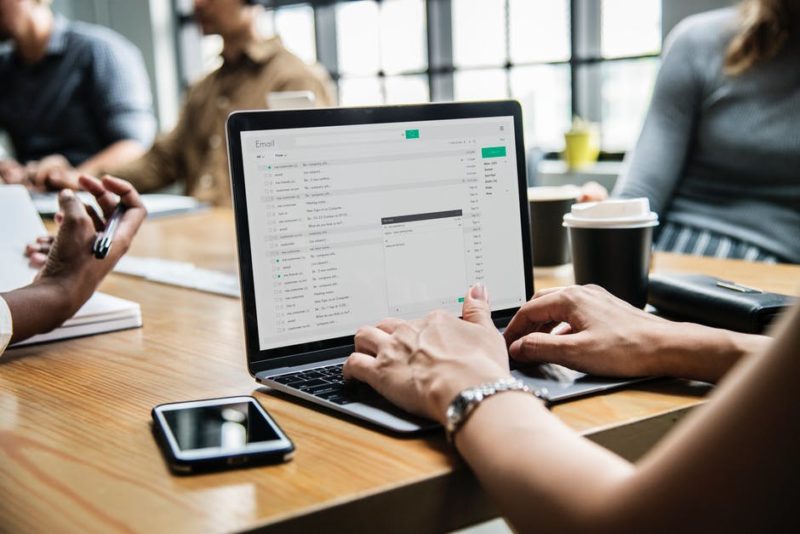

You are not writing effective emails

Have you ever felt that the information was getting lost in a chain of emails? Have you been misunderstood or misunderstood someone because of a confusing email?
These are sadly, very common situations at work, and as much as they might seem simple to solve they can end up in really terrible consequences. Wrong emails can create tensions, big mistakes and a level of noise that can get important issues lost in a sea of unrequested emails.
To help you avoid these situations and make sure that you write and send the right emails in the most productive way, here are 5 simple rules to keep in mind when it comes to communication via email at the workplace.

-
Avoid sending unnecessary emails
Many people feel like they need to let everyone in the project know every step and decision they made.
This only comes to show that you are insecure about your ability to solve a situation and you are scared of the consequences.
These kinds of unnecessary emails irritate your coworkers and your boss, because they really don’t care about them and it makes them lose time and become unfocused of the real things they need to devote their time to. Honestly, it makes people hate the fact that CC and CCO exist.
Don’t be that person, trust your decisions and choose wisely who needs to be in copy of what and when is the right time to raise your hand and communicate a problem.
-
Be very clear on the subject of your mail
It is sadly common to receive emails with a very general text on the subject of the mail. Writing things like “meeting” as the subject is almost a guarantee to irritate and loose people’s attention.
Use the subject to specify the project the email is about, and the specific main idea behind it. Be clear, and share there the main information, date and time of a meeting for example, or the specific issue to tackle down.
Keep in mind that it will also help you and your colleagues to find that specific email if needed later on, because the more specific the name of the email is, the easier it is to track it down.
-
Be clear and keep it short
The first reaction we will get from our email will always be visual. So if it is a super long email, or with huge paragraphs it can feel overwhelming and not clear.
Break it down, be specific and go to the point, and remember to divide the different ideas as clear as possible to the receiver gets what you want to say as fast and accurate as possible.
Also, please, proofread your email always. It is very disappointing to receive an email, especially a professional one full of mistakes that sometimes make the actual message kind of confusing.
-
Be polite, be professional
As much as we can be close to our coworkers, it is important than when it comes to written communication we remain polite and professional. That doesn’t mean we have to sound distant, just find the right middle ground that works for each case. But remember that it is a work email, and in the future that email might have to be pulled out to proof or support specific documentation so keep any personal comments out of your email.
Obviously, when we are writing to a client or any person outside our own team, we should keep a extremely polite and professional tone at all times, because in every communication we are representing not just ourselves, but also our company.
-
Check the tone before you hit send
Sometimes we can be in a rush and we just need to say very specific stuff, but it is important to remember that the receiver of our email, can’t see us, can’t hear us and can’t see the expression in our faces.
This sometimes can translate into an annoying confusion that can create a tension with a coworker or even with the client.
So, beyond always maintaining a professional style, make sure that the tone of your email is the right one and that the person will understand it the way it is.
At the end of the day it is all about avoiding unnecessary miscommunication.

